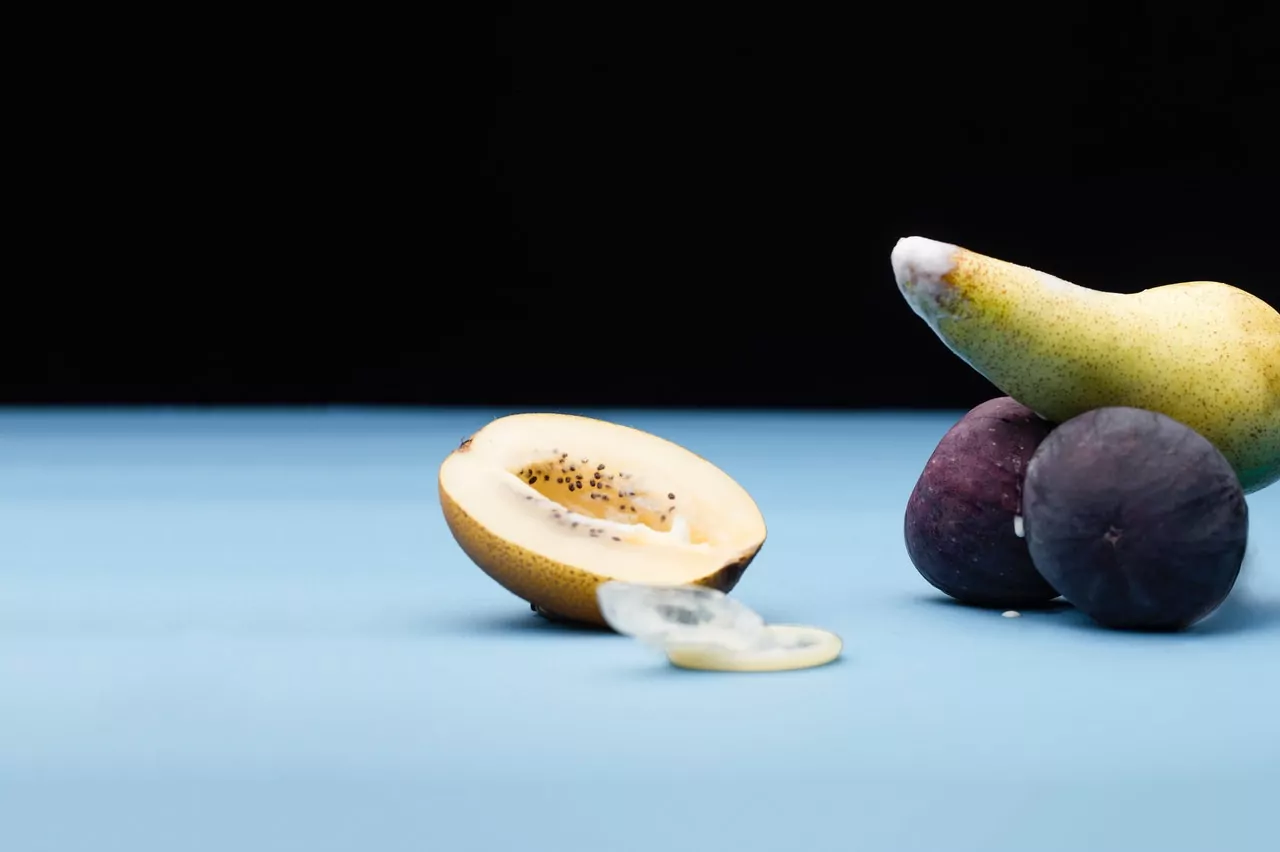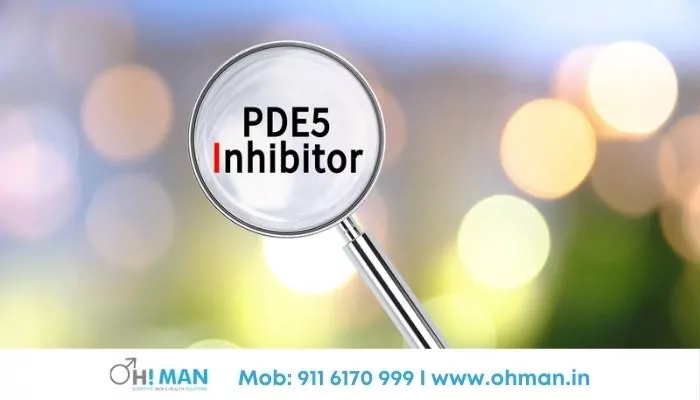Male Hypogonadism: Symptoms, Causes and Treatment of It
Male Hypogonadism: Symptoms, Causes and Treatment of It

Male hypogonadism occurs when your body is not able to produce enough hormone like testosterone in your body that plays an important role in development during puberty, sperm production & masculine growth.
Male can be born with this health condition or acquire it later in life through any surgery & infections. What you can do about your it depends upon the cause of hypogonadism. So let’s check out the types, symptoms, causes & treatment you can get for it.
Types of Hypogonadism
Hypogonadism is of two types:
- Primary hypogonadism
- Central hypogonadism
Primary hypogonadism
Primary hypogonadism is when your body can not produce enough sex hormones due to gonad issues. Your gonads are still receiving messages from your brain in order to produce hormones. They are, nevertheless, incapable of producing.
Central hypogonadism
In the case of central hypogonadism, the source of the problem is your brain. Your gonads aren’t functioning correctly because your hypothalamus and pituitary gland isn’t working properly. Hypothalamus & pituitary gland produces hormones like luteinizing hormone (LH) & follicle-stimulating hormone (FSH) which are responsible for transferring signal from brain to testicle for testosterone production. Any disturbance in this cycle directly affects the production of testosterone in your body.
Table of Contents
Symptoms of Hypogonadism
There can be a wide range of symptoms due to the lack of testosterone levels.
These depend on:
- On what age testosterone deficiency started
- The severity of your testosterone deficiency
- How long you are suffering from testosterone deficiency
Youthful adults and teens who have not yet reached puberty seem to be younger than their actual age.
Small genitalia, an absence of facial hair, an inability to intensify the voice, and trouble gaining muscle mass, even with workouts, are possible symptoms.
Hypogonadism that develops during puberty can cause:
- Improper or incomplete sexual development of body
- Small size and improper development of testicular
- Development of man breasts or enlarged breast
Adult-onset has the following symptoms:
- erectile dysfunction
- sperm count is low
- lethargy
- depressed mood
- Low libido and sex drive
- loss of body hair which includes pubic, axillary, facial
- disturbances in sleep
- a rise in body fat
- breast enlargement and discomfort
- flashes of heat
- sweating
- loss of concentration and energy
- reduced bone mineral density and osteoporosis
Causes of Hypogonadism
An inherited (congenital) characteristic or something that occurs later on in life (acquired), like an injury or infection, can end up causing either type of hypogonadism. Moreover, primary and secondary hypogonadism can occur simultaneously.
Causes of Primary Hypogonadism
Klinefelter syndrome: A congenital condition of the X and Y chromosomes causes this syndrome. A male has one X and one Y chromosome. Klinefelter syndrome is characterized by the presence of two or more X chromosomes as well as one Y chromosome.
The Y chromosome is where the genetic information that determines a child’s sex. The extra X chromosome in Klinefelter syndrome impacts the usual testicular development, resulting in testosterone deficiency.
Undescended testicles: In Cryptorchidism or Undescended testicles condition testicles advance within the abdomen before birth and usually move down into their original position in the scrotum. Either or both of the testicles may not be devolved when a child is born.
Without any treatment, this situation often rectifies itself within a few years of life. If no there is no treatment in childhood, it can result in testicular dysfunction and decreased testosterone creation.
Cancer Treatment: Chemotherapy and radiation therapy for treating cancer can disrupt testosterone and sperm production. Both treatments have temporary effects, but permanent infertility is possible.

Causes of Secondary Hypogonadism
The testicles are ordinary in secondary hypogonadism. However, they do not function normally due to a pituitary or hypothalamic problem. Secondary hypogonadism can result from a number of factors, such as:
Kallmann’s syndrome This refers to abnormal development of the brain region that regulates pituitary hormone production (hypothalamus). This condition can impair one’s ability to smell (anosmia) and lead to red-green colour blindness.
Pituitary disorders: A pituitary gland disorder can hinder hormone release from the pituitary gland to the testicles. As a result, this affects regular testosterone production. A pituitary tumour or any type of brain tumour near the pituitary gland or hypothalamus can disturb the production of luteinizing hormone (LH) & follicle-stimulating hormone (FSH) hormone. Luteinizing hormone (LH) works as a messenger to testicles which signal the production of testosterone. Due to lack of Luteinizing testicle produces little testosterone and causes testosterone or any other hormone deficiencies.
HIV/AIDS: HIV/AIDS can end up causing low testosterone levels by impacting the hypothalamus, testes, and pituitary.
Hypogonadism Diagnosis
Early detection in boys can help avoid issues associated with delayed puberty. Men who start receiving timely diagnosis and treatment are more likely to be protected from osteoporosis and other related conditions.
Your doctor will perform a physical exam to ensure that your sexual development is appropriate for your age. They might look at your muscle mass, body hair, and sexual organs.
For diagnosis, the doctors can follow:
Hormone Tests
If you have signs and symptoms of hypogonadism, your doctor will check the testosterone levels in your blood. Since testosterone levels differ and are especially high in the early hours, a blood test is usually performed early in the day, before 10 a.m., on multiple days if possible.
If tests indicate that your testosterone levels are low, further testing can ascertain whether the cause is a testicular disorder or a pituitary anomaly. These studies could include the following:
- Hormone analysis
- Analysis of sperm
- Pituitary Imaging
- Genetic research
- Biopsy of the testicles
Treatment for Hypogonadism in Male
Male hypogonadism is commonly treated with testosterone replacement therapy in order to restore & increase testosterone levels back to normal. Testosterone can assist in combating male hypogonadism symptoms. This includes decreased sexual desire, decreased energy, reduced facial and body hair, and a decrease in muscle mass and bone density. TRT can be administered by injections of testosterone & another male hormone called Dihydrotestosterone into the muscle at regular intervals, or rub clear gel containing testosterone, or using a skin patch containing testosterone on your body at night time.
The perks of testosterone replacement for older men with low testosterone and symptoms and signs of hypogonadism due to ageing are less evident.
Your health care provider supervises you for treatment efficacy and side effects numerous times within your first year of treatment and then once a year after that.
Treatment for boys
Your doctor will conduct a physical exam to verify that your sexual development is age-appropriate. They may examine your muscle mass, hair, and sexual organs.
The cause of delayed puberty in boys determines the treatment. Testosterone injections for months can accelerate puberty and the advancement of secondary sexual characteristics like beard and pubic hair growth, muscle mass gain, and penis development.
Complications
Complications of male hypogonadism defer according to development cause and time of hypogonadism whether it is developed during childhood, adulthood or in fetus state.
Some of the complications may include –
- sexual dysfunction like Erectile dysfunction & premature ejaculation
- Enlarged male breasts due to high estrogen in men
- Male infertility
- Abnormal genital size & shape
- loss of body hair or minimum body & facial hair
- weak body with less muscle mass
- weak bone density & chances of Osteoporosis
Bottom Line
Male hypogonadism is becoming more widely recognized. Yet many adult men with the disorder go undetected and untreated. This may have a negative effect on both the living standards and the longevity of males.
Any male who suspects he has low testosterone levels should seek medical attention, as treatment can reverse the majority of the symptoms and risks associated with male hypogonadism.
However, before beginning TRT treatment, all men must analyze the benefits and risks with their doctor.
You can also consult with our doctors at Ohman. Ohman is a platform that provides you with the proper guidance and Medicines like erectile dysfunction medicines, Low Libido, Performance Anxiety, semen problems, Male infertility Medicine and dhatu rog ki allopathic medicine All of that is just a click away from you. Just go to Ohman. in and clear all your doubts.



